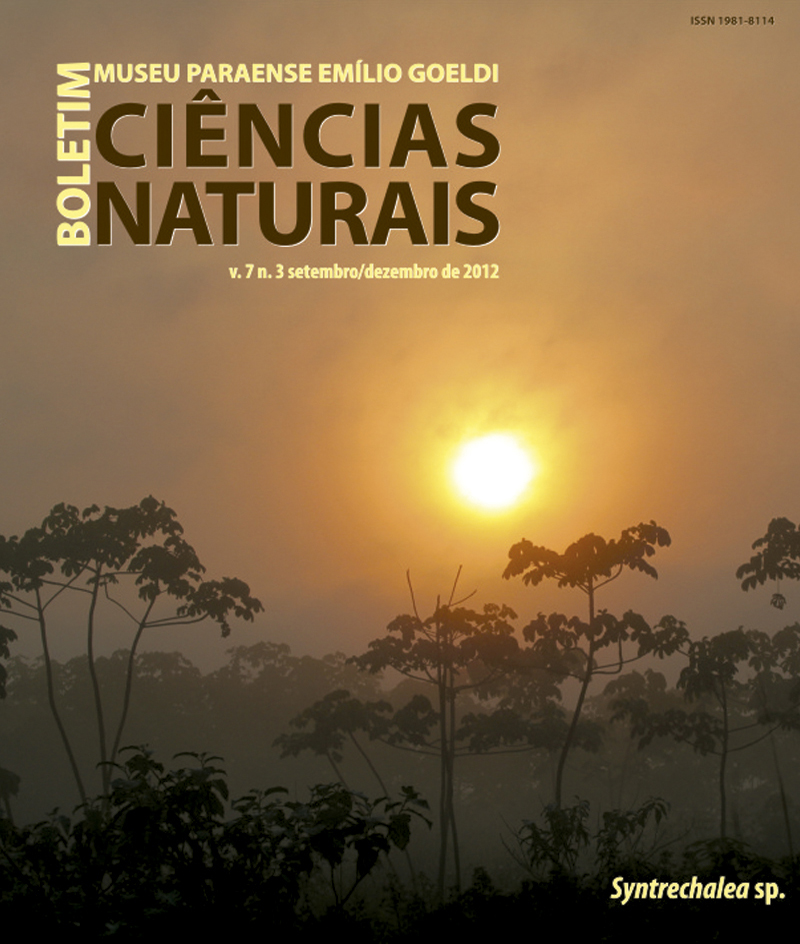Dynamics and trajectories of secondary succession in Central Amazonia
DOI:
https://doi.org/10.46357/bcnaturais.v7i3.589Keywords:
Secondary forests, Vismia, Cecropia, Degraded areas, Environmental restoration, Ecosystem servicesAbstract
Land use history is a primary driver of secondary succession in the Central Amazon, resulting in the establishment of distinct trajectories differing in structure, composition, biomass and dynamics. Intensive use with prescribed fire to maintain pastures compromises the regenerative potential of land which, once abandoned, is colonized by few species and dominated by the genus Vismia, resulting in secondary forests that are depauperate in richness and stalled in succession. Where land use has been less intensive, a more diverse vegetation, dominated by the genus Cecropia colonizes, fostering relatively rapid plant succession. Based on knowledge acquired over two decades of study, we present here practical aspects related to the management of secondary succession for the restoration of environmental services in an economical and sustainable way with potential to reduce deforestation in the region. To manage the canopy and enrich secondary forests is technologically viable and economically feasible in secondary forests dominated by Cecropia, but forests dominated by Vismia will require alternative, more intrusive management practices. Finally, we discuss research projects currently underway at the Pioneers Project, the investigation of successional trajectories in second growth across distinct regions of the Amazon and the potential effects of climatic change on secondary formations and successional pathways.
Downloads
Published
Issue
Section
License
Publication means fully assigning and transferring all copyrights of the manuscript to the journal. The Liability Statement and
Assignment of Copyrights will be enclosed with the notice of acceptance. All the authors must sign the document and return it to the journal.






